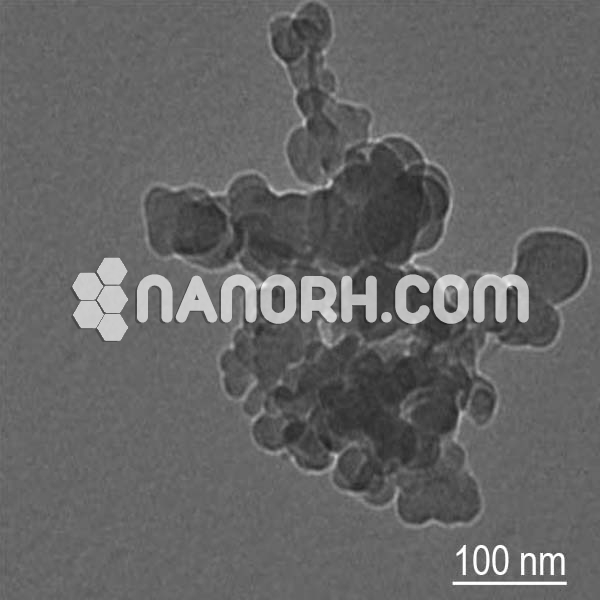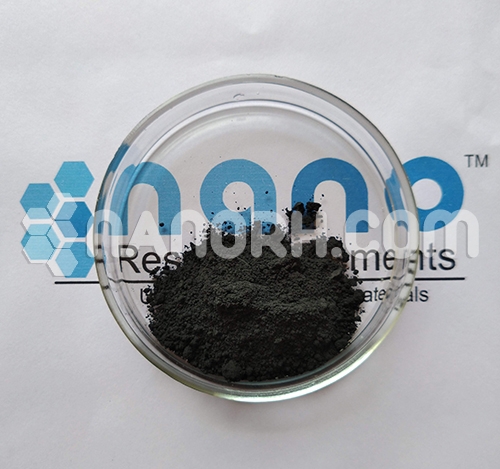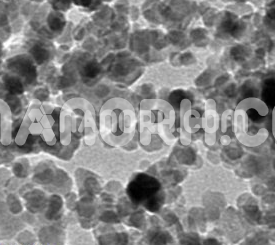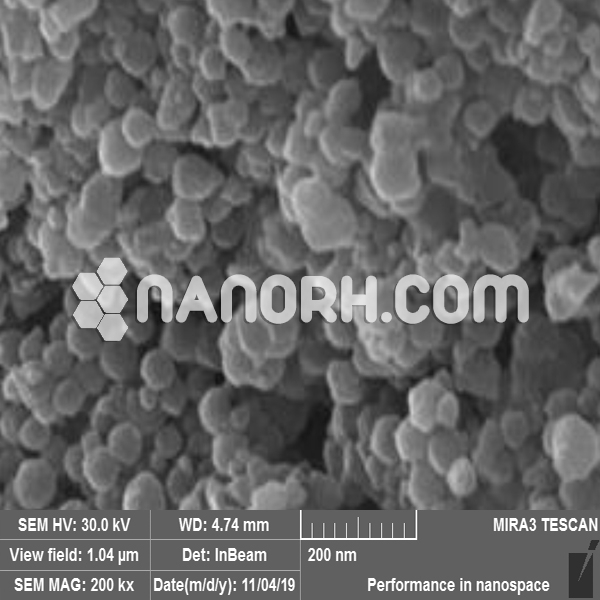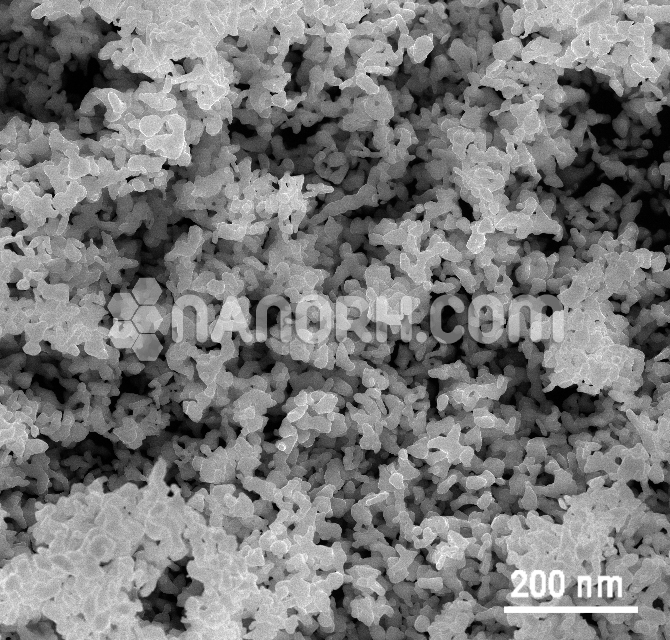| Graphite Nanoparticles Type 1 | |
| Product No | NRE-1016 |
| CAS No. | 7782-42-5 |
| Formula | C |
| APS | <100nm (Can be Customized) |
| Purity | 99.9% |
| Color | black |
| Molecular Weight | 12.01g/mol |
| Density | 2.2 g/mL at 25 °C |
| Melting Point | 3652-3697 °C(lit.) |
| Boiling Point | 4830°C |
Graphite Nanoparticles
Applications
Energy Storage and Conversion
Batteries: Graphite nanoparticles are widely used as an anode material in lithium-ion batteries. Due to their excellent electrical conductivity and large surface area, GNPs enhance the performance, capacity, and longevity of batteries. They can improve charge/discharge efficiency and increase the cycle life of batteries, making them crucial for portable electronic devices and electric vehicles (EVs).
Supercapacitors: GNPs are employed in supercapacitors, where they serve as electrode materials. The high surface area and conductivity of graphite nanoparticles allow supercapacitors to store and deliver energy quickly, making them ideal for use in applications that require rapid charge/discharge cycles.
Fuel Cells: In fuel cell technology, GNPs are used as electrocatalysts to enhance the efficiency of energy conversion processes, particularly in proton exchange membrane fuel cells (PEMFCs). Their high conductivity and surface area contribute to improved reaction rates and power output.
Electronics and Electrical Applications
Conductive Inks: Graphite nanoparticles are used in conductive inks for printed electronics. These inks are applied to flexible substrates and can be used to create printed circuit boards, OLEDs, RFID tags, and sensors. The high conductivity of GNPs ensures that the printed circuits have the required electrical properties for operation.
Electrodes: GNPs are used in the manufacture of electrodes for various applications, such as in batteries, supercapacitors, and fuel cells. Their conductivity and large surface area enhance the overall performance of these devices.
Thermal Management
Heat Dissipation: Due to their high thermal conductivity, graphite nanoparticles are incorporated into materials designed for thermal management. GNPs are used in thermal interface materials, such as thermal pastes for CPUs or GPUs in computers, heat sinks, and cooling systems in electronic devices. Their ability to effectively transfer heat improves the reliability and performance of sensitive electronic components.
Nanofluids: Graphite nanoparticles are also used in nanofluids—fluids enhanced with nanoparticles to improve heat transfer efficiency. These fluids are used in a wide range of applications, including in cooling systems for automotive engines, electronics, and industrial processes.

